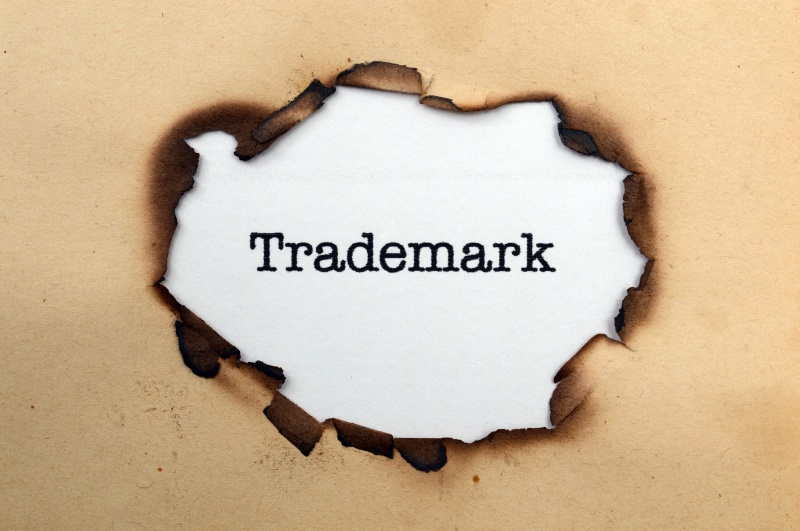1: What is A Trademark?
Officially, a trademark is a symbol, word, or words legally registered or established by use as representing a company or product—otherwise known as a brand name, logo, or company slogan.
2: Why Should You Register Your Trademark?
First, you are not required to officially register the mark. You can establish rights based on legitimate use. However, registering your mark provides additional advantages.
From a branding perspective, trademarks legitimize your company and make it easier to recognize. They also allow consumers to familiarize themselves with your product or service.
Fiscally, a registered trademark can provide major value to your business. Should you ever decide to sell your business, the trademark could potentially increase the sale price.
Registered trademarks also provide legal protection for your brand should anyone attempt to steal or use your mark.
3: What Types of Trademarks Are There?
There are generally three different types of “marks” one can obtain:
Trademarks, as stated previously, are words, phrases, symbols, designs, etc. that identify a particular product. For example: Xerox, Kleenex, Tylenol, and Starbucks.
Service marks are similar to a trademark, but they identify a particular service rather than a product.
4: What’s the Difference Between a State and Federal Trademark?
State Trademarks are, as the name indicates, registered with the state in which you reside. They tend to be cheaper and easier to obtain than Federal Trademarks. Typically, you must be using the trademark in order to apply. State Trademarks only protect your trademark in the state where you register it.
Federal Trademarks are registered with the USPTO and permit use of the trademark nationwide with only minor exceptions. The Federal Trademark application is typically more complex than the state application and is also more expensive.
- Nationwide use of the trademark.
- The ability to register with the U.S. Customs and Border Protection service to prevent infringing products from being imported.
- The ability to file an infringement lawsuit in federal court.
- Listing in the United States Patent and Trademark office (USPTO).
- The ability to register the mark before usage.
Since the process for obtaining a Federal Trademark is much more complex than a State Trademark, it is best to seek the help and guidance of an experience attorney.
5: How Often Do You Have to Renew a Trademark?
According to the USPTO: “For a trademark registration to remain valid, an Affidavit of Use (Section 8 Affidavit) must be filed: (1) between the fifth and sixth year following registration, and (2) within the year before the end of every ten-year period after the date of registration. The registrant may file the Section 8 Affidavit within a grace period of six months after the end of the sixth or every tenth year, with payment of an additional fee. The registrant must also file a Section 9 renewal application (Section 9 Renewal) within the year before the end of each successive 10-year period following the date of registration, or within a grace period of six months thereafter, with payment of an additional fee. Assuming the Section 8 Affidavit and Section 9 renewal are timely-filed as indicated above, the registration will be renewed for a 10-year term. If the Section 8 Affidavit and Section 9 Renewal are not timely filed, the registration will be cancelled. Registrations cancelled due to the failure to file a Section 8 Affidavit and Section 9 Renewal cannot be revived or reinstated. “
6: How Do You Obtain a Trademark?
State trademark applications are filed with a state’s trademark authority. Fees and forms differ by state. Federal applications are submitted to the USPTO. In order to ensure that every step is completed with accuracy and care contact the attorneys of Stanko, Senter & Mitchell, LLC who will be pleased to walk you through the process.

